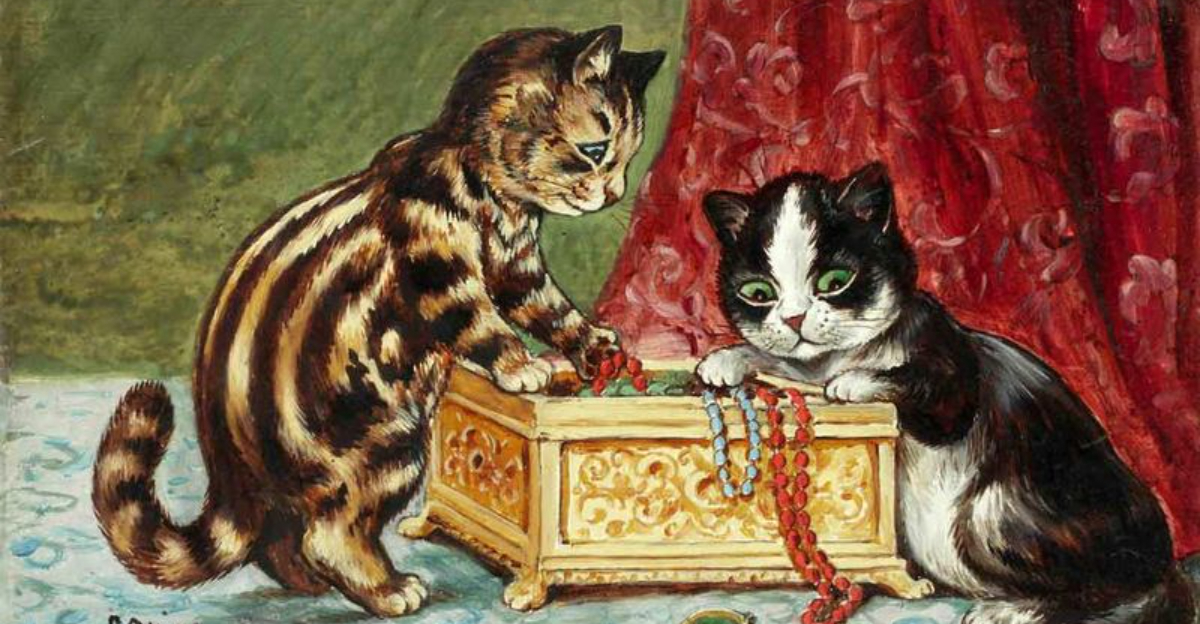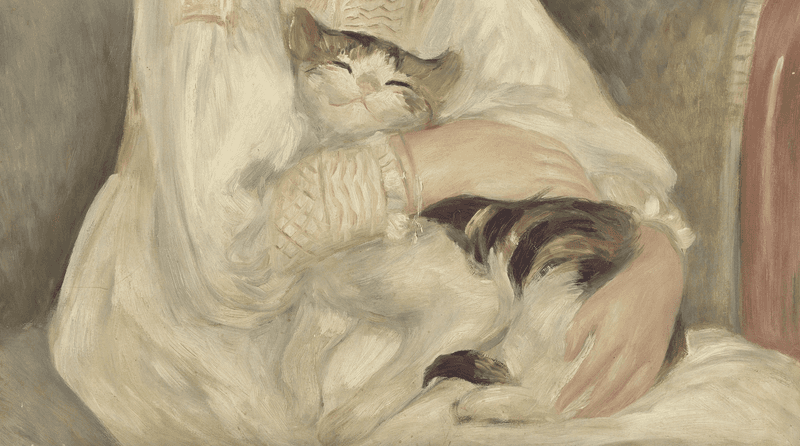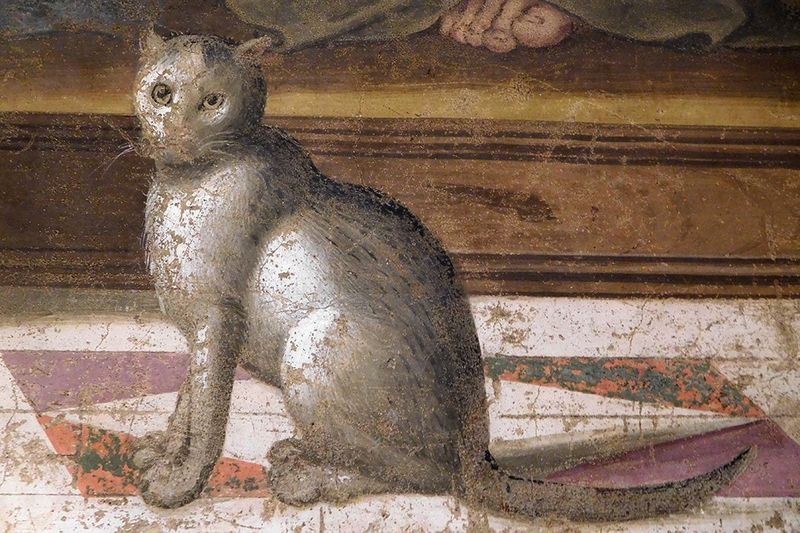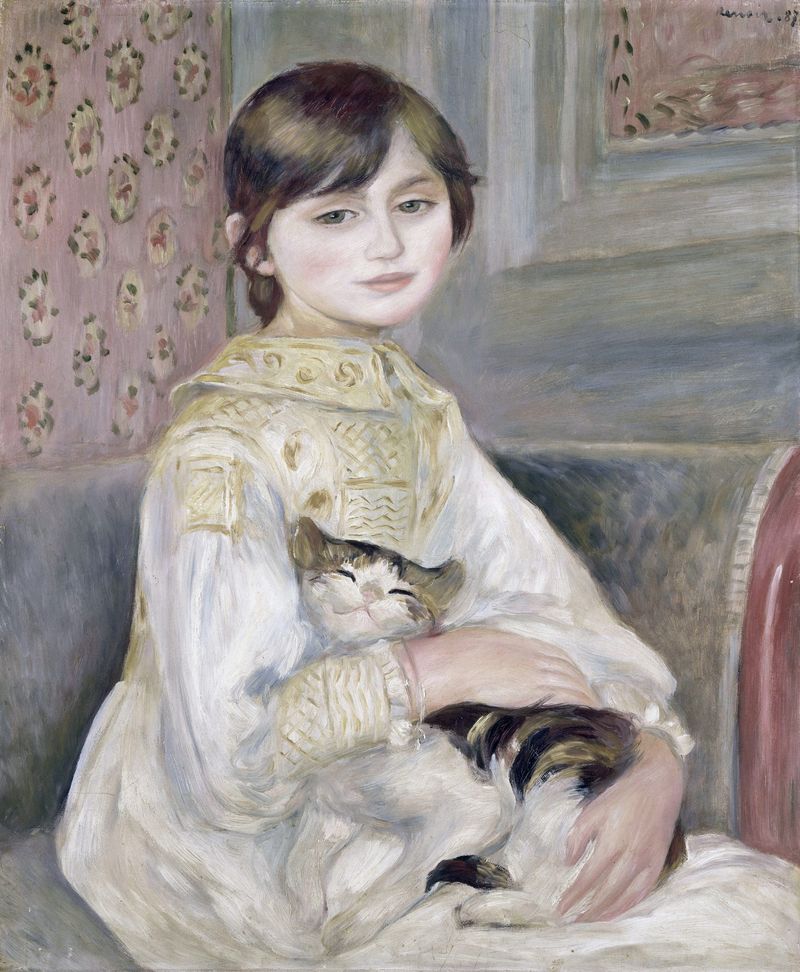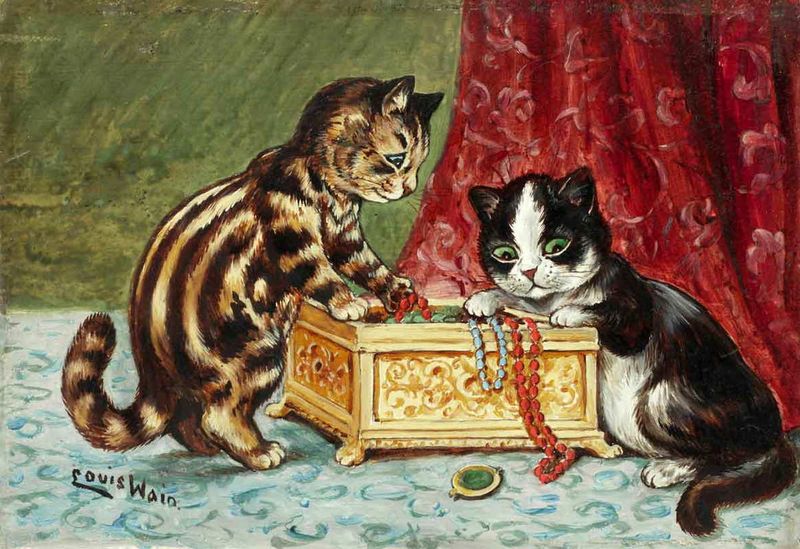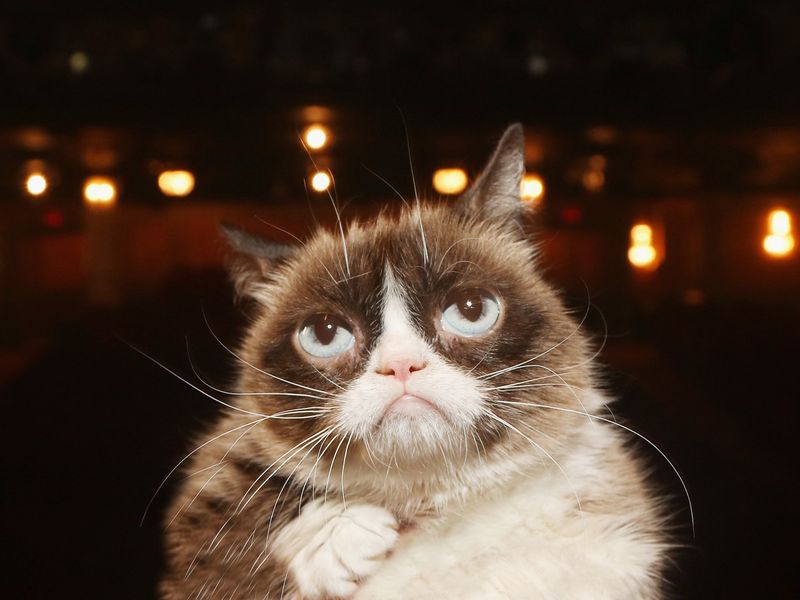📖 Table of Content:
- 1. Ancient Egyptian Cat Worship
- 2. Medieval Manuscripts’ Mischievous Marginalia
- 3. Japanese Ukiyo-e’s Feline Fascination
- 4. Renaissance Symbolism and Secret Meanings
- 5. Literary Cats From Poe to Carroll
- 6. Impressionist Painters’ Feline Companions
- 7. Modern Art’s Feline Obsession
- 8. Internet Age: From Memes to NFTs
Cats have quietly padded their way through human culture for thousands of years. From ancient Egyptian temples to modern internet memes, these mysterious creatures have captivated artists and writers alike. Their graceful movements, independent nature, and enigmatic personalities have made them perfect subjects for creative expression across civilizations and eras.
1. Ancient Egyptian Cat Worship
The ancient Egyptians elevated cats from mere pest controllers to divine beings around 3000 BCE. Bastet, their cat-headed goddess, represented protection, fertility, and motherhood, while domestic cats were mummified and buried with elaborate ceremonies.
Wealthy families adorned their cats with gold jewelry during their lives and mourned them deeply after death. In fact, killing a cat—even accidentally—could result in severe punishment or death.
Cat figurines, paintings, and statues from this era show how deeply these animals were integrated into Egyptian religious and daily life, setting the foundation for felines in art history.
2. Medieval Manuscripts’ Mischievous Marginalia
Medieval monks working on illuminated manuscripts often included surprising cat illustrations in the margins of religious texts. These cats chase mice, play with yarn, or sometimes engage in decidedly un-catlike behaviors such as walking on hind legs or playing musical instruments.
Scholars believe these whimsical additions served as both entertainment for the artists and symbolic representations. Cats in these works sometimes represented the devil or sinful behavior, reflecting medieval Europe’s complicated relationship with felines.
Despite occasional negative symbolism, these marginal cats humanized otherwise serious religious texts and provided a glimpse into everyday medieval life.
3. Japanese Ukiyo-e’s Feline Fascination
Cats leapt into Japanese art during the Edo period (1603-1867), particularly in ukiyo-e woodblock prints. Master artist Utagawa Kuniyoshi created an entire series dedicated to cats forming shapes and letters, showcasing both artistic skill and cultural adoration for these animals.
The maneki-neko (beckoning cat) figurine emerged during this era as a symbol of good fortune. With one paw raised, these ceramic cats still welcome customers into businesses across Japan and worldwide.
Cats in Japanese art were portrayed with psychological depth and personality, often appearing alongside courtesans or actors, elevating them from background elements to central figures worthy of artistic contemplation.
4. Renaissance Symbolism and Secret Meanings
Renaissance painters tucked cats into their masterpieces as symbols loaded with meaning. In Leonardo da Vinci’s ‘Annunciation,’ a small cat represents domesticity, while in many religious paintings, cats symbolized temptation or evil lurking nearby.
Female portraits featuring cats often subtly hinted at the subject’s sensuality or independence. Artists like Federico Barocci broke tradition by portraying cats naturally—his ‘Madonna del Gatto’ shows the Christ child innocently playing with a cat, humanizing both the holy family and the animal.
These Renaissance felines reveal changing attitudes toward cats, as they gradually transformed from symbols of witchcraft to beloved companions worthy of artistic immortalization.
5. Literary Cats From Poe to Carroll
The 19th century birthed some of literature’s most memorable feline characters. Edgar Allan Poe’s ‘The Black Cat’ presented a sinister feline that exposed a murderer’s guilt, while Lewis Carroll’s grinning Cheshire Cat offered philosophical riddles to Alice during her Wonderland adventures.
Charles Dickens frequently included cats in his novels as symbols of comfort in harsh Victorian settings. T.S. Eliot later immortalized feline personalities in ‘Old Possum’s Book of Practical Cats,’ which eventually inspired the musical ‘Cats.’
These literary felines served as everything from simple companions to complex psychological mirrors reflecting human fears, whimsy, and the mysterious unknown that cats have always represented.
6. Impressionist Painters’ Feline Companions
Impressionist painters often featured cats as both companions and inspirations. Renoir’s Julie Manet with Cat beautifully portrays a child’s affection, while Monet’s cats at Giverny occasionally appeared in his art.
Édouard Manet’s ‘Olympia’ scandalized Paris not only for its nude subject but also for the black cat at the foot of the bed—a bold symbol of female sexuality. Impressionist women artists like Berthe Morisot and Mary Cassatt included cats in domestic scenes, highlighting the animals’ place in everyday life.
These artists captured cats’ natural movements and personalities, abandoning stiff symbolism for authentic representations of feline companionship.
7. Modern Art’s Feline Obsession
Pablo Picasso’s fascination with cats produced over 100 cat-related works throughout his career. His cubist felines deconstructed their forms while capturing their essential nature. Andy Warhol, famous cat lover, published ‘Twenty-five Cats Named Sam and One Blue Pussy,’ featuring vibrant silkscreen cats in his signature pop art style.
Balthus shocked viewers with ‘The King of Cats’ self-portrait, while Leonor Fini’s surrealist cats explored feminine power and mystery. Japanese-American artist Tsuguharu Foujita gained fame for his distinctive white cats with delicate black outlines.
These modern artists moved beyond representing cats literally, instead using them to explore abstract concepts, personal identity, and artistic innovation.
8. Internet Age: From Memes to NFTs
Cats conquered digital culture just as thoroughly as traditional art forms. The ‘I Can Has Cheezburger’ meme launched an empire of cat content in 2007, while Keyboard Cat, Grumpy Cat, and Nyan Cat became internet celebrities worth millions in merchandise and advertising.
Japanese artists pioneered the digital cat aesthetic with characters like Hello Kitty. The first NFT collection to gain mainstream attention, CryptoKitties, allowed collectors to breed and trade unique digital cats for sometimes staggering sums.
Contemporary artists continue this tradition through digital media, animation, and social platforms, proving cats’ cultural dominance has only strengthened in the digital age—a 5,000-year artistic legacy still evolving today.
